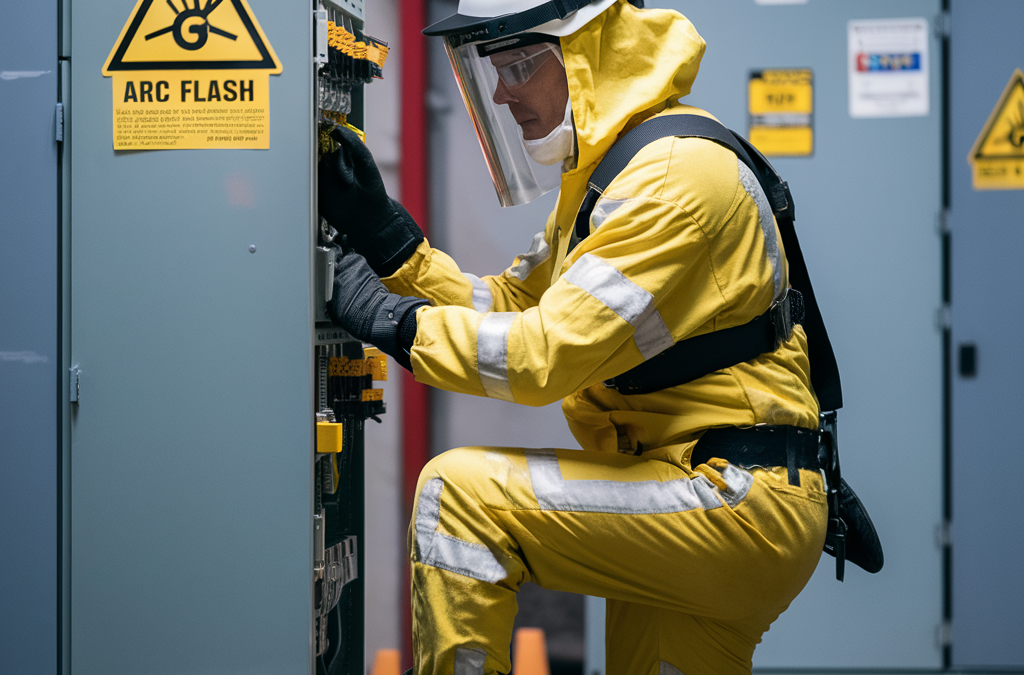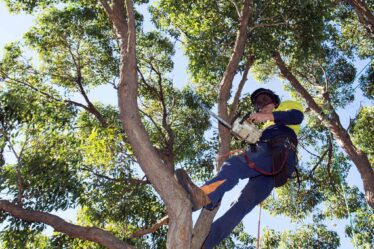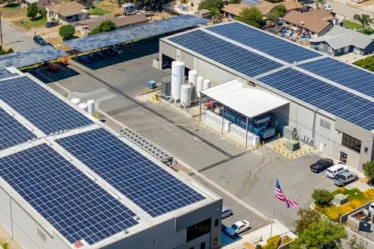
The NFPA 70E standard is a guideline on safety requirements concerning electrical procedures, developed to ensure that workers avoid contact with electrical energy, electric currents or risks of electrical incidents in industries and businesses. It simply outlines how one is to go about with working on electrical equipment safely, and reduces risk associated with arc flash, electric shock and other electrical risks.
Not only is it implemented in safety, but to a great extent it is used in the requirements for a predictive maintenance plan. By utilizing the concept of predictive maintenance, anyone that could be with the equipment will find that there are some faults and should arrange for it to be repaired before the problem becomes huge. Compliance with NFPA 70E standards provides a safe working environment and enhances the overall predictive maintenance procedures in organizations at the same time.
How NFPA 70E Supports Predictive Maintenance Goals
NFPA 70E facilitates predictive maintenance by ensuring that electrical devices are well tended and checked without risking the safety of the people involved. When reference to the NFPA 70E guidelines is incorporated as a part of the predictive maintenance program of the facilities, they ensure that the technicians carry out functions like thermographic scans and insulation resistance tests, which can point potential electric troubles at an early stage, in a safe environment.
Through compliance with NFPA 70E guidelines, there is minimization of arc flash and electric shock which are some of the major threats experienced in electric maintenance work.
NFPA 70E Certification: Compliance with NFPA 70E
The NFPA 70E standards require employees to be trained adequately and certified for safety. The NFPA 70E certification courses provide a detailed insight into the process of risk evaluation, safeguarding clothing and accessories, the precautions that should be taken when working, and the protocols of handling emergencies. According to the NFPA 70E certification rules, only NFPA 70E certified technicians are capable of performing maintenance tasks.
Implementing NFPA 70E as Part of a Predictive Maintenance Strategy
For facilities to get the maximum benefit of NFPA 70E now that it has been incorporated into the predictive maintenance plans, procedures that address specific electrical hazards should be put in place. For instance, the arc flash risk assessment and the documentation of electricity are some of the NFPA 70E’s powerful guidelines that are coincident with the concept of predictive maintenance. These help identify potential high-risk areas where potential dangers could exist so that the maintenance teams can focus their endeavors in the appropriate direction—to minimize risk and maximize efficiency.
Also, using an infrared camera as one of the thermal imaging techniques which are frequently employed in predictive maintenance, one can detect problems, such as loose connections or overheating parts, without, for example, touching the energized equipment. Following the NFPA 70E guidelines for personal protective equipment use and distance to electrical hazards while performing these inspections can help technicians to obtain necessary information without being in danger.
Conclusion
Following these measures are useful, as they help with minimizing the occurrence of equipment breakdowns and dangerous incidents at work. Organizations should give preference to NFPA 70E training and certification for their employees—to ensure that employees and their company’s assets are safeguarded.


